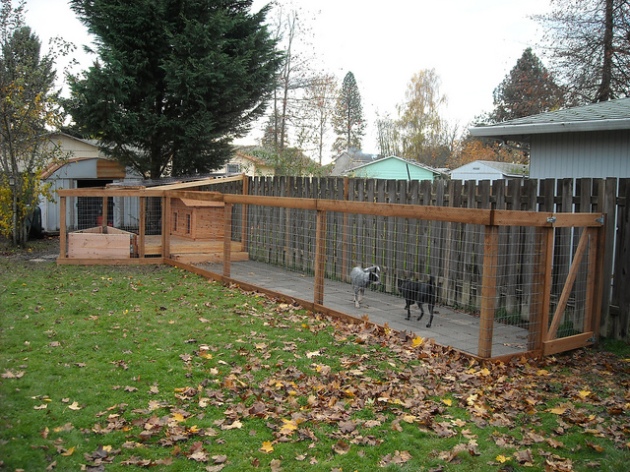Although domesticated dogs are used to living inside a man’s home, they still require a natural environment where they can just be, well, dogs. If you get them chained at home or kept on a leash most of their life, they may not grow up to be healthy animals. Just like their wild counterparts, domesticated dogs also need an open space where they can roam around for them to remain healthy.
One of the biggest concerns when letting our canine friends roam around is if they get lost or they get hurt. This then presents a dilemma: if you keep them inside your house, they won’t get to walk around freely; on the other hand, if you let them out, there are certain risks that go with it.
Dog Fence as a Solution
The solution to that dilemma? Dog fence. A fence will provide your pet pooch with a secure space where he can play all he want safely and freely. With this solution, your dog can still be the dog he ought to be, that is, walking around and playing in an open space minus the worry of getting hurt or lost. In other words, it’s a win-win solution both for you and your pet.
Image credit: Keith MacLeod (flickr.com)
Types of Dog Fence
There are two types of dog fence out there: visible and invisible. They also vary in terms of the materials used.
The visible type is the traditional dog fence we all know. The fence itself can be made of various materials. Depending on your preference, you can build a wooden or picket fence, or something with chain links. You can also opt for wire mesh fabric, although this type doesn’t last long.
Can a fence be invisible? Certainly. An invisible fence makes use of an electric wire that’s installed underground and a receiver collar around the dog’s neck. The boundary or limits of the animal is the perimeter along which the wire is installed. If your pet gets too close to the perimeter, the receiver around his collar will get a signal, which then causes it to beep. After this, and this idea may not sit well with you, your pooch then gets a mild electric shock. Electric dog collars can also be expensive.
Your choice of which dog fence to use will ultimately depend on you. If the idea of your dog getting electric shocks, even if they’re mild, doesn’t sound like a humane thing for you, then you can just go for physical barriers to fence your pet in (find out more about dog fence and how to teach your canine buddy to avoid overstepping electrical boundaries).
